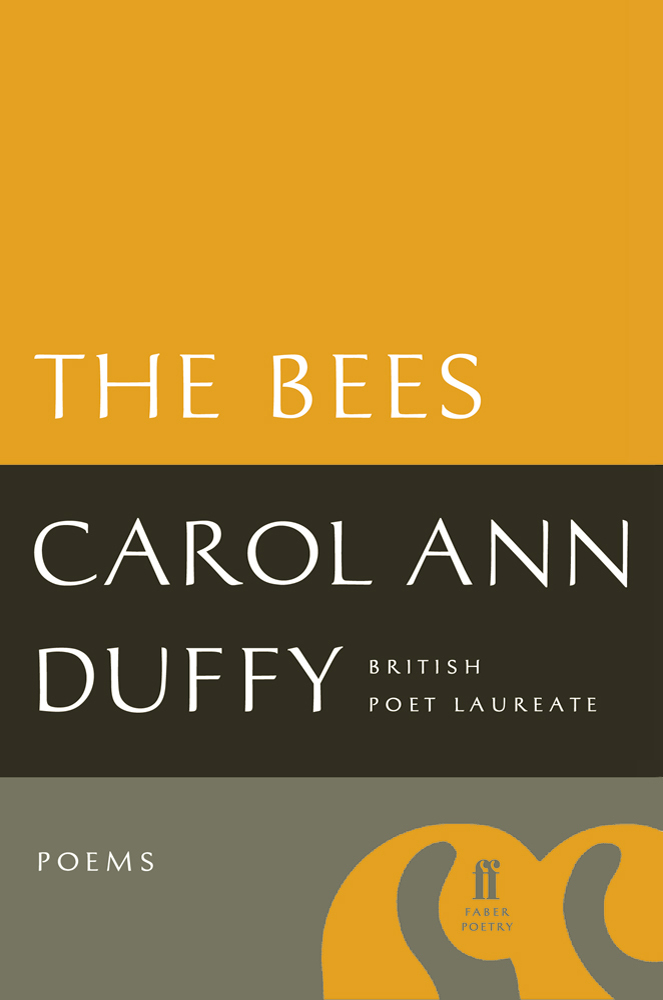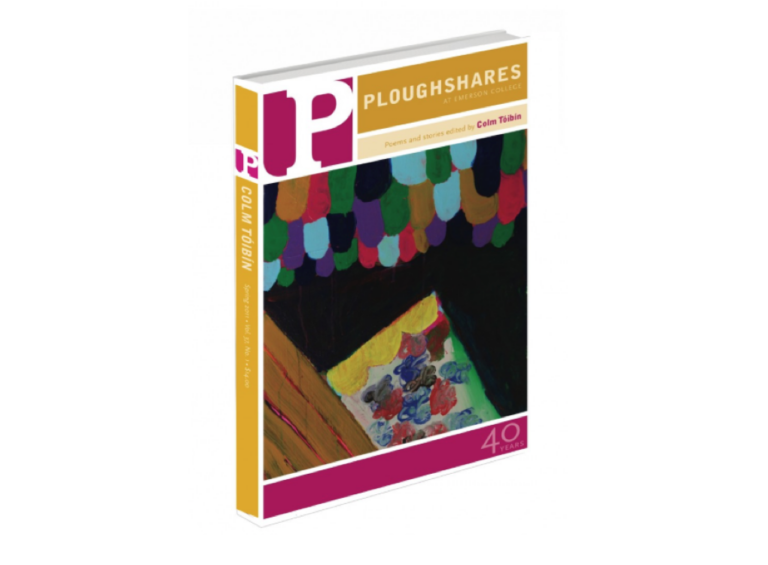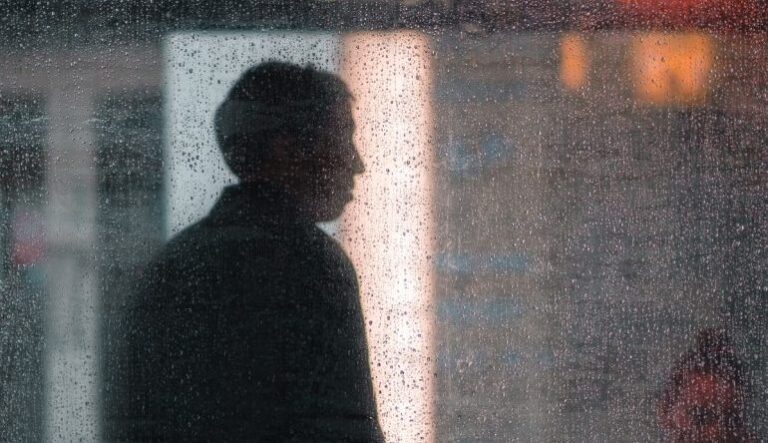Literary Boroughs #23: Lisbon, Portugal
The Literary Boroughs series will explore little-known and well-known literary communities across the country and world and show that while literary culture can exist online without regard to geographic location, it also continues to thrive locally. Posts are by no means exhaustive and we encourage our readers to contribute in the comment section. The series will run on our blog from May 2012 until AWP13 in Boston. Please enjoy the twenty-third post on Lisbon, Portugal, by Julia Lichtblau. – Andrea Martucci, Ploughshares Managing Editor
Writers, characters, and books haunt Lisbon, Portugal’s hilly (seven, like Rome), light-drenched capital, the jumping-off point from the known world in the fifteenth century. Sitting on the lip of the Atlantic, the city retains a seafarer’s split loyalty between land and sea, Atlantic and Mediterranean.
Portugal venerates its writers and commemorates them profligately. The chic Largo do Chiado, named for the 16th century poet, Antonio Chiado, merges into Rua Garrett—as in João Baptista da Silva Leitão de Almeida Garrett, 19th century poet and playwright. A block away, the elegant white-and-black mosaic Praça Luís de Camões honors the 16th century poet/adventurer and author of the epic poem, The Luciads. Camões is considered Portugal’s Shakespeare.
The neighborhood has two statues of the early 20th century poet Fernando Pessoa, who wrote as multiple personas, endowed with different names, careers, addresses, politics, even genders. Curiously, pessoa means person in Portuguese. One of his heteronyms, as they’re called, even ghost-wrote the break-up letter to Pessoa’s sole, probably unconsummated, love.
Pessoa is something of a cult figure in Portugal today. Bookstores display his work front and center, as if he were a hot young author. He left some 27,000 manuscript pages in a (possibly apocryphal) trunk, discovered after his death. The trove included a guide book, Lisbon: What the Tourist Should See, which Livros Horizonte publishes in a bilingual edition, making it possible to explore the city Pessoa loved and see it, as he did, “clear-cut against a bright blue sky, which the sun gladdens with its gold.”
Pessoa isn’t Lisbon’s only literary ghost-host. Eça de Queiros, the great 19th century realist novelist, set chunks of his classic 1888 novel, The Maias, on the Chiado. Its dilettante protagonist, Carlos da Maia, whose true love turns out to be, alas, his long-lost sister, belonged to the elegant 1846 Gremio Líterario, a private club, at 37 Rua Ivens. De Quieros’s statue stands nearby on the Rua do Alecrim. Dressed in a respectable bourgeois suit, he is embracing a naked woman—his muse apparently–who appears to be either calling for help or singing an aria.
Café O Brasileira at 120, Rua Garrett, was a gathering place for literary and cultural figures in the early 20th century. Now quite touristy, its dark-wood interior remains picturesque, the coffee good, and on Lisbon’s beautiful summer days, the sidewalk tables are ideal vantage points for scene-watching.
The Alto de Santa Catarina, with its panoramic Tagus River views is a literary three-fer. A statue of Adamastor, the giant of the Cape of Storms in The Luciads, commands the overlook. In Nobel Prize winner José Saramago’s 1984 novel The Year of the Death of Ricardo Reis, Reis takes an apartment on the street after coming from Brazil to investigate the death of his friend Fernando Pessoa. Reis was one of Pessoa’s inventions.
Resident Writers
The doyen of living Portuguese writers is Antonio Lobo Antunes, author of more than twenty books (The Land at the End of the World, Margaret Costa Jull’s re-translation of his 1979 South of Nowhere, came out in May, 2012). Antunes, who is also a doctor, won the Premio Camões, Portugal’s most prestigious literary prize, in 2007.
Younger writers who have attracted international attention include José Luís Peixoto, author of The Piano Cemetery and Blank Gaze; Gonçalo Tavares, a theory of science professor and author of the O Reino (The Kingdom) series of novels exploring philosophical topics, such as society’s increasing adulation of machines; José Eduardo Agualusa, whose widely translated books include My Father’s Wives, Creole, and others set in Africa; and Dulce María Cardoso, 2009 winner of the European Union Prize for Literature for her novel, Os Meus Sentimentos.
Where to Learn
The MFA in Creative Writing model hasn’t taken hold in Portugal, but interest in writing workshops is growing. Last year, the Universidade Nova de Lisboa started Artes da Escrita, a non-degree creative writing program—Portugal’s first in a university setting, says Professor Abel Barros Baptista, its director. The program, which has spots for about 23 people, has already received over 220 applications for this fall. Some students are writers, while others are looking for a more general educational experience, he says. The program offers classes on writing novels, short stories, essays, drama, screen plays, and comedy, as well as topics in literary theory.
Livrarias Bertrand also offers short writing workshops under the Oficinas de Escrita rubric.
Bookstores
Among Lisbon’s many bookstores are the world’s reputed oldest—the Rua Garrett no. 73 flagship of the Bertrand chain which dates to 1732—and one of the hippest, Ler Devagar, located in a repurposed printing plant at Rua Rodrigues Faria, no. 103 in the Alcântara district. Ler Devagar means “read slowly,” and the store entices you to do so with a coffee/wine bar and towering shelves of new and used books. It also hosts readings, workshops, exhibits, and concerts.
The century-old Chiado bookstore, Livraria Sá da Costa, runs on financial fumes, staff says, but carries on with readings and edgy exhibits (as of July). Outdated school maps, a typewriter, and art-deco signage create a time-capsule ambiance. Farther down the Chiado, at the back of the Patio Síza, is the sleek Livraría Assírio e Alvim (no longer affiliated with the publisher of that name), which specializes in poetry and art books.
Where to Get Published:
As elsewhere, Portugal’s book publishers have consolidated drastically. Grupo Porto Editora, historically a textbook publisher, now controls Grupo BertrandCírculo, which owns the bookstore chain, its nine imprints, and Assírio e Alvim.
The University of Massachusetts Dartmouth’s Tagus Press publishes Portuguese native and diaspora writers in English, scholarly works, and translations of classics.
Portuguese fiction writers and poets have fewer opportunities to publish in literary magazines before they’ve published a book than American writers, says Guilhermina Gomes, publishing director of the Grupo BertrandCírculo imprint, Circulo de Leitores. The universe of magazines is small, and they tend to publish few new writers. Ler, a glossy put out by Circulo de Leitores, recently published its first stories, all by young writers, she says.
Other major literary magazines include:
- the quarterly Colóquio Letras, published by the Calouste Gulbenkian Foundation, founded in 1971, which carries both creative and critical writing.
- The Saramago Foundation’s new online magazine, Blimunda, published in Portuguese and Spanish, runs a mix of critical, topical, and historical essays, as well as retrospectives on Saramago and other major writers.
- Egoista, a glossy art and culture magazine, founded by novelist and journalist Patricia Reis.
Prizes provide career-making publication opportunities for up-and-coming Portuguese writers. The big ones are Prémio Ler/Millenium BCP, which awards 50,000 euros and publication for an unpublished novel, and the Prémio Literario José Saramago, for writers 35 and under. Gonçalo Tavares has won both. Peixote is a Saramago Prize winner as well. Another important prize is the Jovens Criadores competition, sponsored by the Clube Português Artes e Ideas, which both Tavares and Peixote have won.
The Novos Talentos FNAC competition publishes an anthology of the five winning stories annually. The Concurso Literário Manuel Maria Barbosa du Bocage awards money and publication for short stories and poetry by authors 21 and under.
Literary Venues
Under Salazar, the Centro Nacional de Cultura, Rua António Maria Cardoso 68, was a haven for writers and intellectuals. Knowing the police bugged the place, they’d wait until streetcars rattled by to speak frankly. Today, CNC offers seminars, readings, and colloquia, and hosts the Dzanc/Disquiet Conference (named after Pessoa’s The Book of Disquiet) in the first half of July. Disquiet brings Anglophone writers to Lisbon, including from the Portuguese diaspora, for workshops, readings, excursions, and lectures on Portuguese and English-language literature. Lectures and readings, at locations around town, are open to the public.
The José Saramago Foundation and the Casa Fernando Pessoa both host readings, lectures, and exhibits. The free monthly magazine, Agenda Cultural Lisboa, features an extensive list of literary events, including readings, festivals, and writing workshops.
Where to Write
Lisbon is full of atmospheric spots for those who write better away from their desks or just need a break from them. Pessoa wrote in his favorite café, the 240-year-old Café Restaurante Martinho da Arcada, which claims to be Lisbon’s oldest. Like Elijah, he always has a place set. The café surveys the vast Praça do Comercio, a centerpiece of the Marques de Pombal’s post-1557 earthquake reconstruction of Lisbon.
The historic and charming Largo do Carmo square holds the ruins of the Carmelite Convent and is also famous as the place where the Salazar regime capitulated in 1974. For space and fresh air, there are no better places than the miradouros or overlooks. They have little cafés that sell coffee, alcohol, and snacks such as empanadas. The Miradouro da Senhora do Monte offers a spectacular view across to the Castelo San Jorge. There’s also Alto de Santa Catarina, which looks out over the Tagus River.
The CNC’s Ciber Chiado is a free space, equipped with a few terminals and a small library. Massive exposed timbers lend a monastic feel. When you’re ready for coffee or lunch, go downstairs to the Café no Chiado and eat inside or out. It was once a bookstore and keeps a few shelves for ambiance.
A 40-minute comboio (commuter train) takes you to Sintra, the cool, hilly resort where Portuguese royalty escaped from the summer heat. Write from the spectacular overlooks or in the public gardens, with their astonishing range of vegetation.
Festivals
In February, the town of Póvoa de Varzim, on the northeast coast, hosts the Correntes d’Escrita festival, a celebration of Portuguese-language writing. The Lisbon Book Fair (83 years old in 2013), held in the Parque Eduardo VII in April/May, features Lusophone and international writers.
Julia Lichtblau’s writing is forthcoming in The Florida Review and has appeared in Best Paris Stories, Temenos, Ploughshares blog, Narrative, The Common Online, Pindeldyboz, and Tertulia. She won the 2011 Paris Short Story Contest, 2nd Prize in The Florida Review’s Jeanne Leiby Chapbook Contest, and was a finalist for Gold Line Press’s Chapbook Contest. She has an MFA from Bennington College. She was formerly a journalist at BusinessWeek and Dow Jones in New York and Paris. She’s working on a short story collection and a novel.


